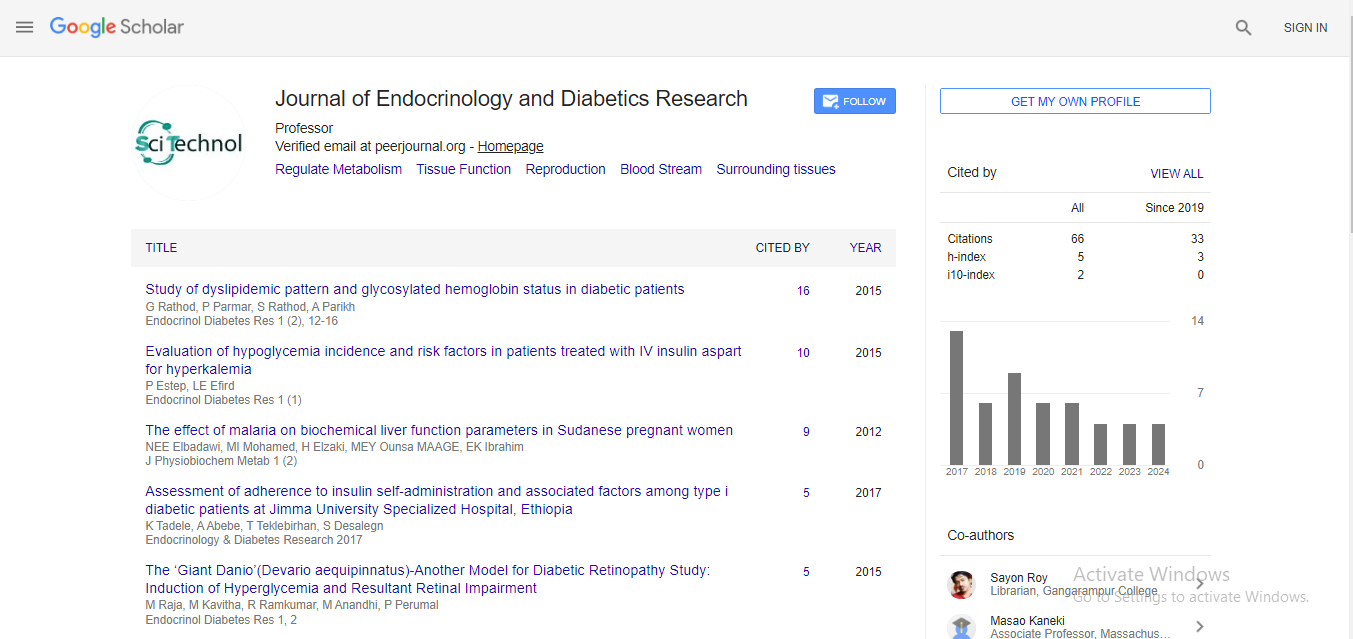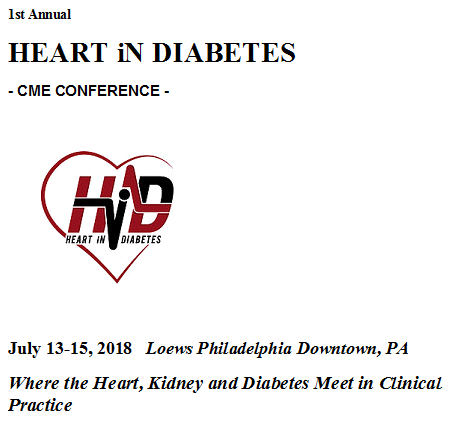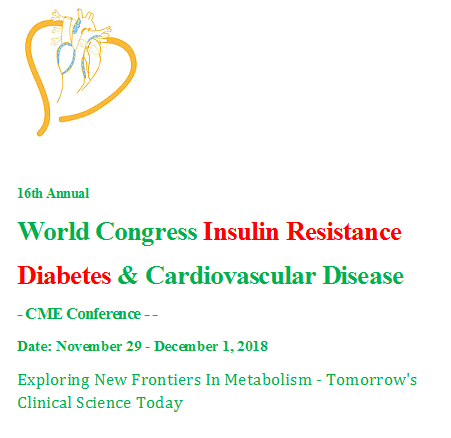Opinion Article, Endocrinol Diabetes Res Vol: 10 Issue: 6
Understanding Diabetes Mellitus: Etiology, Classification and Treatment Approaches
Chiara Khoo*
1Department of Biomedical Sciences, University of Copenhagen, Copenhagen, Denmark
*Corresponding Author: Chiara Khoo,
Department of Biomedical Sciences,
University of Copenhagen, Copenhagen, Denmark
E-mail: khooch@su.nd.ku.dk
Received date: 26 November, 2024, Manuscript No. ECDR-24-154184;
Editor assigned date: 28 November, 2024, PreQC No. ECDR-24-154184 (PQ);
Reviewed date: 12 December, 2024, QC No. ECDR-24-154184;
Revised date: 20 December, 2024, Manuscript No. ECDR-24-154184 (R);
Published date: 27 December, 2024, DOI: 10.4172/2324-8777.1000425
Citation: Khoo C (2024) Understanding Diabetes Mellitus: Etiology, Classification and Treatment Approaches. Endocrinol Diabetes Res 10
Description
Diabetes Mellitus (DM) is a chronic metabolic disorder characterized by persistent hyperglycemia due to defects in insulin secretion, insulin action, or both. Its prevalence has been steadily increasing globally, making it major public health concern. Diabetes arises from a combination of genetic, environmental and lifestyle factors that impair glucose metabolism and lead to hyperglycemia. Type 1 Diabetes Mellitus (T1DM) results from autoimmune destruction of insulin-producing beta cells in the pancreas, often influenced by genetic predisposition and environmental triggers like viral infections or dietary factors. On the other hand, Type 2 Diabetes Mellitus (T2DM) primarily features insulin resistance and relative insulin deficiency, driven by factors such as obesity, sedentary lifestyle, aging and genetic susceptibility.
Adipose tissue dysfunction and chronic low-grade inflammation further increase insulin resistance in T2DM. Gestational Diabetes Mellitus (GDM) occurs during pregnancy due to insulin resistance induced by placental hormones and poses risks for both mother and child, including an increased likelihood of developing type 2 diabetes. Other specific types of diabetes include monogenic diabetes, such as maturity-onset diabetes of the young and secondary diabetes due to conditions like pancreatic disease or drug-induced hyperglycemia.
The classification of diabetes mellitus is based on its underlying causes and pathophysiology. T1DM is characterized by absolute insulin deficiency due to beta-cell destruction, whereas T2DM involves a combination of insulin resistance and insufficient insulin secretion. GDM is identified as hyperglycemia first detected during pregnancy and other specific types include forms linked to genetic syndromes, diseases of the exocrine pancreas and diabetes induced by drugs or chemicals. The pathophysiology of diabetes involves autoimmune destruction of beta cells in T1DM, leading to severe insulin deficiency and dependence on exogenous insulin. In T2DM, insulin resistance in peripheral tissues such as muscle, liver and adipose tissue combines with beta-cell dysfunction to produce hyperglycemia. Pregnancy-related hormonal changes causing insulin resistance can show latent beta-cell dysfunction, leading to GDM.
Effective management of diabetes requires a personalized approach adjusted to the specific type of diabetes, clinical profile and associated comorbidities. Lifestyle modifications are foundational in diabetes management, including dietary interventions that emphasize balanced, low glycemic index meals rich in fiber and healthy fats while limiting refined carbohydrates and sugary beverages. Regular physical activity, including aerobic and resistance exercises, improves insulin sensitivity and glycemic control. Sustained weight loss, particularly in individuals with T2DM, can significantly reduce insulin resistance and improve outcomes.
Pharmacological therapy varies based on the type of diabetes. In T1DM, insulin therapy is mandatory, with options such as basal-bolus regimens and continuous subcutaneous insulin infusion (CSII). Adjunct therapies like amylin analogs may improve postprandial glucose control. For T2DM, first-line treatment typically involves metformin, which targets hepatic glucose production. Additional oral antidiabetic agents, including sulfonylureas, meglitinides, DPP-4 inhibitors and SGLT-2 inhibitors, address various aspects of glucose metabolism.
Injectable therapies, such as GLP-1 receptor agonists and insulin, are used in advanced stages of T2DM. GDM management begins with dietary changes and physical activity, with insulin therapy initiated if glycemic targets are unmet. Monitoring blood glucose levels is major in optimizing therapy, with Continuous Glucose Monitoring (CGM) systems offering real-time data to enhance glycemic control. Diabetes Self-Management Education (DSME) empowers patients to manage their condition effectively and make informed decisions about their care.
Artificial pancreas systems, which use closed-loop insulin delivery, copy physiological insulin secretion. Cell-based therapies, including beta-cell replacement and stem cell approaches, are under investigation. Advances in precision medicine, genomics and metabolomics may enable individualized treatment strategies, paving the way for improved outcomes. Chronic hyperglycemia in diabetes can lead to complications such as retinopathy, nephropathy, neuropathy, cardiovascular disease and peripheral artery disease. Preventive measures, including early diagnosis, stringent glycemic control and management of comorbidities like hypertension and dyslipidemia, are essential. Regular screening for complications ensures timely intervention to reduce disease progression.
Conclusion
Diabetes mellitus is a complex and multifaceted disease requiring a multidisciplinary approach for effective management. Advances in pharmacological therapies, technology and patient education have significantly improved outcomes for individuals living with diabetes. Continued research into the underlying causes and innovative treatments agrees a brighter future in the fight against this global health challenge.
 Spanish
Spanish  Chinese
Chinese  Russian
Russian  German
German  French
French  Japanese
Japanese  Portuguese
Portuguese  Hindi
Hindi 


